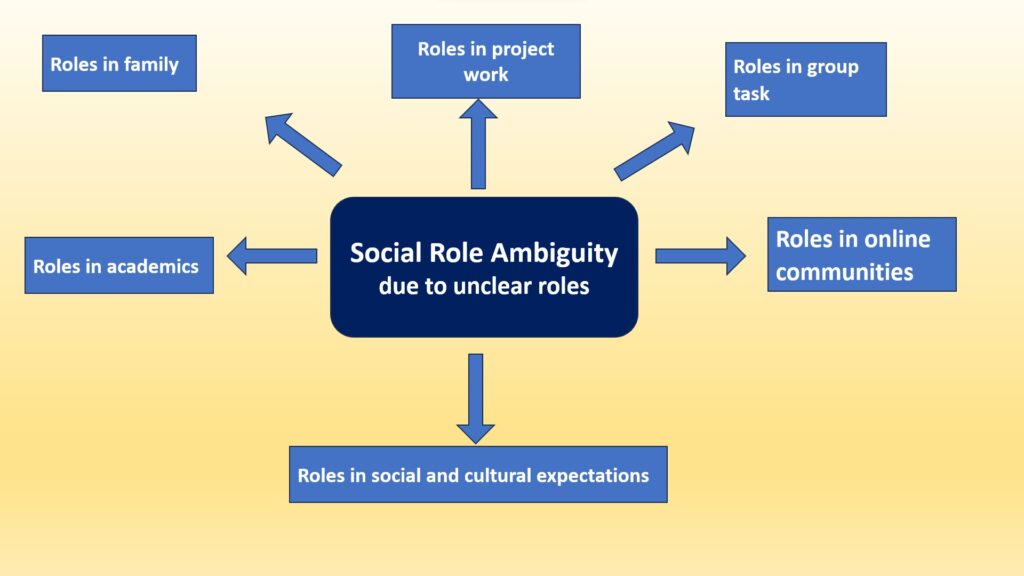Social Loafing
Social loafing belongs to the social psychology that indicates the behaviour of employees or performance of employees is reduced when they work in a group. We can easily observe that some employees when working alone, they perform better than when they work in a group. This psychology is known as social loafing.
Social loafing may impact the performance appraisal while measuring the performance. It makes it difficult to determine someone’s performance by a single performance appraisal method because the performance of employees is different when working in a group than that of when working alone.
The human mind always tries to find more comfortable alternatives. When employees work in a group there is no accountability to a single employee whereas in alone working the employee alone is accountable for the task given.
Example,
- The target given to a single employee is better than the target given to a team of sales employees. In this example, the employees in the group are not worry about the target as all the responsibilities are shared among the group. In the case of a single employee, a target is given to a single due to which that employee alone will be responsible for any result he/she gives.
- In a manufacturing organization the target of manufacturing quantity is given to individuals as well as groups. Individual targets are achieved more quickly than group targets. It has also observed that employees strive to reduce their efforts by any method. If targets are given among the group then the employees are very well aware of the performance measurement. It will be executed for group no for single individual employees. The psychology of employees says that however they perform better the whole credit is shared among the group and some employees may be bad performers.
Some other psychologies can describe the employee’s mentality towards working or completing the task assigned
- Social role ambiguity
- Social cohesiveness
- Personal role maintenance
Social role ambiguity
Social role ambiguity is the situation in which an individual faces confusion regarding the roles and responsibilities. It is due to unclear roles regarding the responsibilities and expectations. Social role ambiguity occurs in many of the following contexts. A few of them are described as follows.

Roles of workplace
New Employees in any organization may face a situation where he/she does not clear about his/her responsibilities. This situation is known as role ambiguity. In organization many employees face a role ambiguity due to unclear responsibilities and expectations. These unclear responsibilities and expectations caused due to poor communication and leadership implemented by the superiors.
Roles in family
Tradition roles in modern families and modern roles in traditional families may cause an unclear situation called social role ambiguity. It has always been observed that modern families fail to implement or perform the traditional role due to a lack of understanding and unclear about what role they have to perform.
Roles in team project work
Project quotes may be done in groups in which group members may be unclear about their responsibilities and what expectations are achieved they have to make an effort for. Project votes given in teams may be in academics or in organizations where groups work to complete the project. The group leader or project manager is responsible for guiding training and making them clear about what responsibility they have to perform and what goals they have to achieve. If the role of manager is not implemented successfully causes role ambiguity among the members of the team.
Roles in a group task
Group tasks are given in any organization where the task will be completed by the efforts of each member of the group. If members of the group do not communicate well then it causes them will be unclear about their responsibilities and Goals.
Roles in online communities
The groups of the teams may be made virtually in online communities. These online communities include many members. These members may or may not be clear about their responsibilities due to which their role ambiguity occurred.
Social cohesiveness
Social cohesiveness refers to the degree of relationship made in the group. How well the relationship made in the various types of groups. It may be healthy or may not be healthy. The degree of union, harmony, and attachment or closeness describes social cohesiveness.
Features of cohesiveness
Common values and beliefs
The identity of a cohesive society can be due to common values or shared values and beliefs among the group. Their identity can be responsible for their integrity and togetherness.
Trust in all the members
Trust in all the members plays a very important role in making the group more strong or the strong relationships among the group. Social cohesiveness describes the strong bonding horror relationship among all the members of the crew for society.
Cooperation and coordination
Cooperation and coordination among the members of the group or society are the major factors that indicate social cohesiveness
Conflict resolution
The group behavior that solve the conflict indicates the socially cohesive character of that group. conflict created in all thy group but few can solve the conflict. Conflict resolution indicates the degree of cohesiveness.
Personal role maintenance
Personal role maintenance belongs to the efforts an individual takes to make a balance between the expected role and the actual role an individual performs. Personal role maintenance is a dynamic process that involves in continuous improvements in the behavioural factors that makes balances role of an individual.
It involves identification or realization of roles , responsibilities and expectations.
Personal role maintenance addresses the conflicts and causes of conflict in order to resolve it and make the situation under the control. Conflict resolution easilty done through personal role maintenance.

